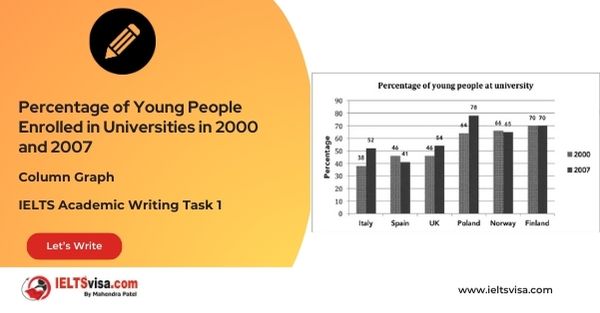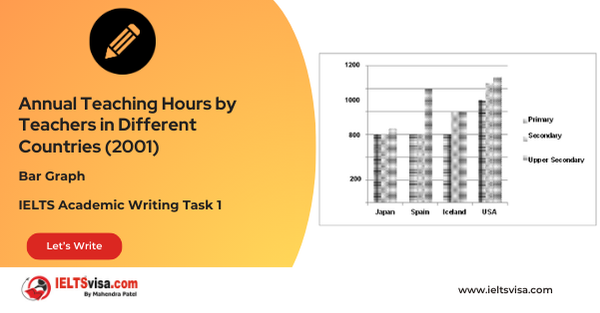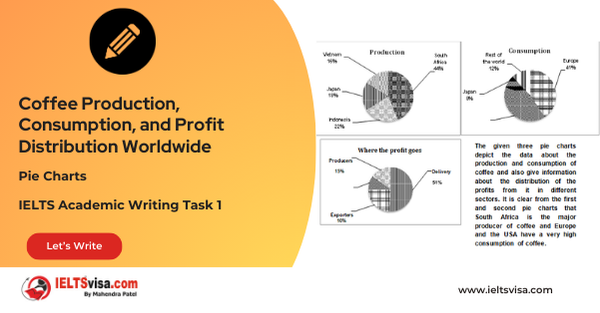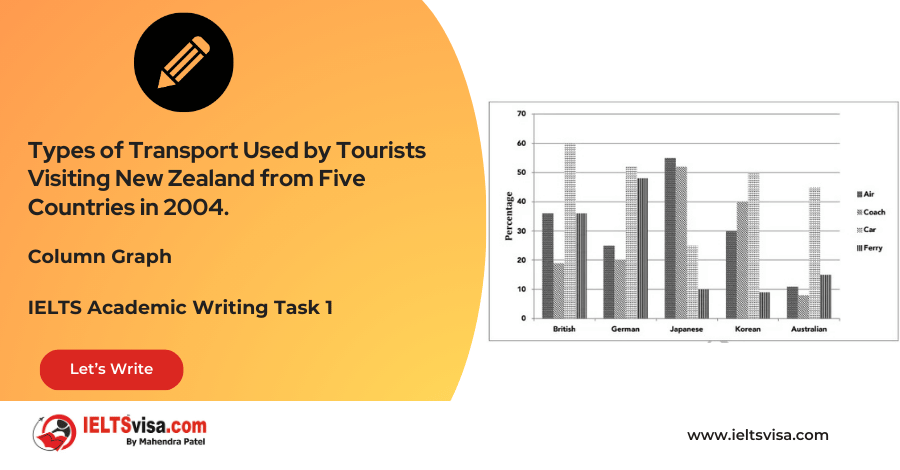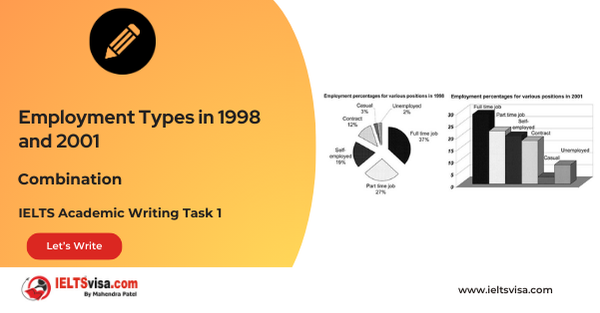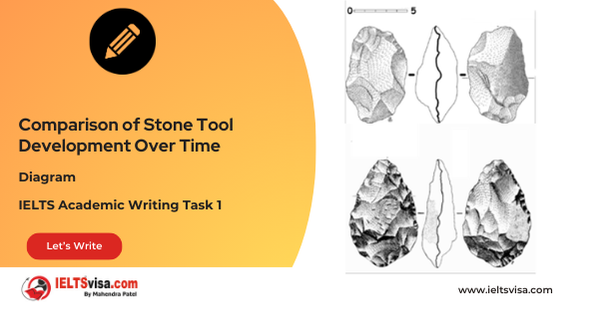Government Spending as a Percentage of GDP in Three Areas (2000–2025)
IELTS Academic Writing Task 1 - Line Graph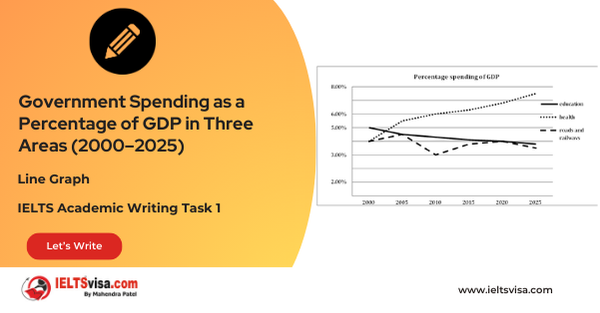
IELTS Writing Task 1 Question
The given graph shows the past and projected figures of the government spending as a percentage of GDP for the years 2000 to 2025 in three areas. Summarise the information by selecting and reporting the main features and make comparisons where relevant.
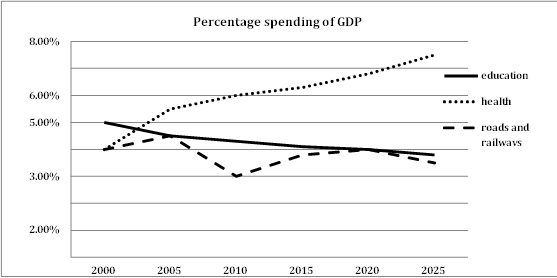
Common Questions for the Line Graph
1. Graph Type: Line Graph
2. Title: Government Spending as a Percentage of GDP in Three Areas (2000–2025)
3. What are the units of measurement?: Percentage of GDP
4. Who: Government expenditure in education, health, and transport (roads and railways)
5. When: 2000 to 2025 (includes projections from the present time onward)
6. Where: Not specified
7. Topic: Trends in government spending on education, health, and roads/railways
Comparison Showing and Trends Any change over time (such as an increase or a decrease) is a trend.
Comparison 1: Education Spending
- Details:
1. Highest in 2000 at 5%, declining steadily to 4.1% in the present time.
2.Projected to decrease further to 3.9% by 2025.
Comparison 2: Health Spending
-
Details:
1. Started at 4% in 2000, increasing moderately to 5.6% by 2005
2. Continued rising slightly and is forecast to grow significantly to 7.5% by 2025.
Comparison 3: Roads and Railways Spending
-
Details:
1.Increased from 4% in 2000 to 4.5% by 2005, then fell sharply to 3% by 2010.
2. Recovered to 3.6% in the present time, with a slight increase projected until 2020, followed by a marginal decline.
Sample Answer
The line graph illustrates government spending as a percentage of GDP in three sectors—education, health, and roads/railways—from 2000 to the present, with projections extending to 2025.
Overall, spending on education shows a downward trend, health expenditure rises steadily, and spending on roads/railways fluctuates.
In 2000, education accounted for the highest proportion of GDP at 5%, but it has steadily declined to 4.1% today and is projected to decrease further to 3.9% by 2025. Conversely, health spending began at 4% in 2000, growing gradually to 5.6% by 2005 and continuing to rise to approximately 6% today. By 2025, it is expected to increase significantly to 7.5%, making it the largest expenditure category.
Spending on roads and railways started at 4% in 2000, rising slightly to 4.5% by 2005 before experiencing a sharp decline to 3% by 2010. Since then, it has recovered to 3.6%, with a small increase anticipated until 2020, followed by a slight drop thereafter.
Top 28 Vocabularies
| Vocabulary (type) | Type |
Meaning | Synonyms | Examples |
|
Expenditure |
Noun |
The amount of money spent |
Spending, Outlay |
Health expenditure is projected to rise by 2025. |
|
Projection |
Noun |
A forecast or estimate for the future |
Prediction, Forecast |
Projections indicate declining spending on education. |
|
Fluctuation |
Noun |
Irregular rising and falling in level |
Variation, Oscillation |
Spending on transport showed significant fluctuations. |
|
Marginal |
Adjective |
Slight or minimal |
Minor, Insignificant |
Transport spending is expected to decline marginally after 2020. |
|
Dominant |
Adjective |
Most important or influential |
Leading, Prevalent |
Health is set to become the dominant area of spending. |
|
Allocation |
Noun |
The distribution of resources or funds |
Distribution, Assignment |
“The allocation of funds to education has decreased over time.” |
|
Decline |
Noun/Verb |
A gradual decrease in amount or value |
Reduction, Drop |
“Education spending is experiencing a steady decline.” |
|
Anticipate |
Verb |
To expect or predict something |
Predict, Foresee |
“A small increase in health spending is anticipated by 2025.” |
|
Recover |
Verb |
To return to a normal or improved state |
Rebound, Improve |
“Spending on transport recovered to 3.6% after 2010.” |
|
Gradual |
Adjective |
Happening slowly over time |
Slow, Progressive |
“Health spending grew gradually over the decades.” |
|
Declining |
Adjective |
Becoming lower or less |
Decreasing, Reducing |
“Education spending has been on a declining trend.” |
|
Category |
Noun |
A group or division in a system |
Class, Division |
“Health spending is projected to become the largest category.” |
|
Irregular |
Adjective |
Not consistent or even |
Uneven, Unstable |
“Spending on transport showed irregular fluctuations.” |
|
Predicted |
Verb |
Forecasted or expected to happen |
Projected, Estimated |
“Health is predicted to dominate spending by 2025.” |
|
Peak |
Verb/Noun |
To reach the highest point |
Summit, High |
“Transport spending peaked at 4.5% in 2005.” |
|
Steady |
Adjective |
Stable and continuous |
Consistent, Constant |
“Health spending has seen steady growth since 2000.” |
|
Downward |
Adjective |
Moving toward a lower position |
Declining, Reducing |
“Education spending follows a downward trend.” |
|
Forecast |
Noun/Verb |
A prediction or estimate of future events |
Prediction, Outlook |
“The forecast indicates a rise in health expenditure.” |
|
Proportion |
Noun |
A part or share of a whole |
Percentage, Fraction |
“Education spending represented the highest proportion in 2000.” |
|
Segment |
Noun |
A part or division of something |
Section, Portion |
“Transport spending is a smaller segment of the GDP allocation.” |
|
Consistent |
Adjective |
Showing regularity or steadiness |
Stable, Uniform |
“Health spending has shown consistent growth over the years.” |
|
Significant |
Adjective |
Having a noticeable or important effect |
Notable, Major |
“The increase in health spending is significant by 2025.” |
|
Surpass |
Verb |
To exceed or go beyond |
Exceed, Outpace |
“Health expenditure will surpass education spending.” |
|
Stagnant |
Adjective |
Showing no activity or progress |
Inactive, Static |
“Transport spending remained stagnant after 2020.” |
|
Notable |
Adjective |
Worthy of attention or notice |
Remarkable, Significant |
“A notable decrease occurred in education spending.” |
|
Fluctuate |
Verb |
To change frequently and irregularly |
Vary, Oscillate |
“Transport spending fluctuated after 2005.” |
|
Consistently |
Adverb |
In a regular and stable manner |
Steadily, Uniformly |
“Health spending has consistently increased since 2000.” |
|
Reduction |
Noun |
The act of making something smaller |
Decrease, Cut |
“There was a significant reduction in transport spending.” |

Our Books
Master IELTS Speaking Part 1
IELTS Writing Task 1 Book
IELTS Writing Task 2 Book
Practice IELTS Other Modules
IELTS Listening
The IELTS Listening test assesses how well you can understand spoken English in various contexts. It lasts about 30 minutes and is divided into four sections with a total of 40 questions. The listening tasks become increasingly difficult as the test progresses.
IELTS Academic Reading
The IELTS Academic Reading section assesses your ability to understand and interpret a variety of texts in academic settings. It is designed to evaluate a range of reading skills, including skimming for gist, reading for main ideas, reading for detail, understanding inferences, and recognizing a writer's opinions and arguments.
IELTS Speaking
The IELTS Speaking test assesses your ability to communicate in English on everyday topics. It lasts 11-14 minutes and consists of three parts: introduction, cue card, and a discussion based on the cue card topic.
IELTS General Reading
IELTS General Reading tests your ability to understand and interpret various types of texts. Here are some key areas and types of content you can expect to encounter in the reading section, along with tips for effective preparation.
IELTS Academic Writing Task 1
In IELTS Academic Writing Task 1, you are presented with a visual representation of information, such as graphs, charts, tables, or diagrams, and you are required to summarize, compare, or explain the data in your own words.
IELTS General Writing Task 1
In IELTS General Writing Task 1, you are required to write a letter based on a given situation. The letter can be formal, semi-formal, or informal, depending on the prompt. Here’s a breakdown of the key components to include in your letter
IELTS Academic Writing Task 2
In IELTS Academic Writing Task 2, you are required to write an essay in response to a question or topic. Here’s a guide to help you understand the essential elements of this task
IELTS Exam Tips
To succeed in the IELTS exam, practice regularly, familiarize yourself with the test format, improve your vocabulary, develop time management skills, and take mock tests to build confidence.
Grammer for IELTS
Grammar is the foundation of effective communication in English. Understanding tense usage, subject-verb agreement, and sentence structure enhances clarity and coherence in writing and speaking.
Vocabulary for IELTS
Vocabulary plays a crucial role in the IELTS (International English Language Testing System) exam, especially in the Speaking and Writing sections. Here’s an overview of why vocabulary is important and how it impacts your performance
RECENT IELTS SAMPLES QUESTIONS AND ANSWERS
Task 1 – Column graph – Percentage of Young People Enrolled in Universities in 2000 and 2007.
20:00 Start Pause Stop [df_adh_heading title_infix="IELTS Writing Task 1 Question" use_divider="on"...
Task 1 – Bar Graph – Annual Teaching Hours by Teachers in Different Countries (2001)
20:00 Start Pause Stop [df_adh_heading title_infix="IELTS Writing Task 1 Question" use_divider="on"...
Task 1 – Pie Charts – Coffee Production, Consumption, and Profit Distribution Worldwide
20:00 Start Pause Stop [df_adh_heading title_infix="IELTS Writing Task 1 Question" use_divider="on"...
Task 1 – Column graph – Types of Transport Used by Tourists Visiting New Zealand from Five Countries in 2004.
20:00 Start Pause Stop [df_adh_heading title_infix="IELTS Writing Task 1 Question" use_divider="on"...
Task 1 – Bar and Pie Chart Combination – Employment Types in 1998 and 2001
20:00 Start Pause Stop [df_adh_heading title_infix="IELTS Writing Task 1 Question" use_divider="on"...
Task 1 – Diagram – Comparison of Stone Tool Development Over Time
20:00 Start Pause Stop [df_adh_heading title_infix="IELTS Writing Task 1 Question" use_divider="on"...

